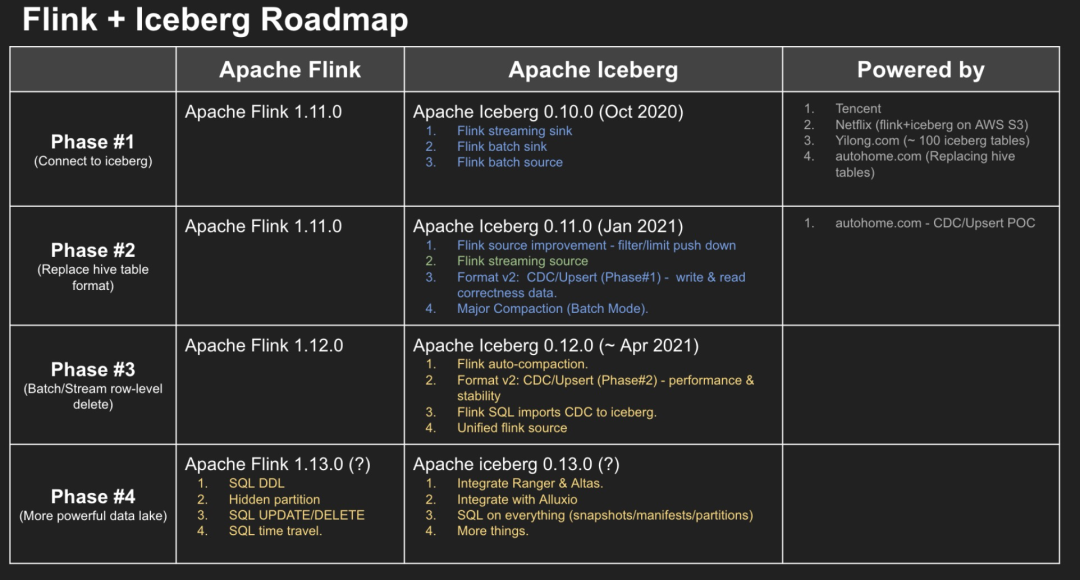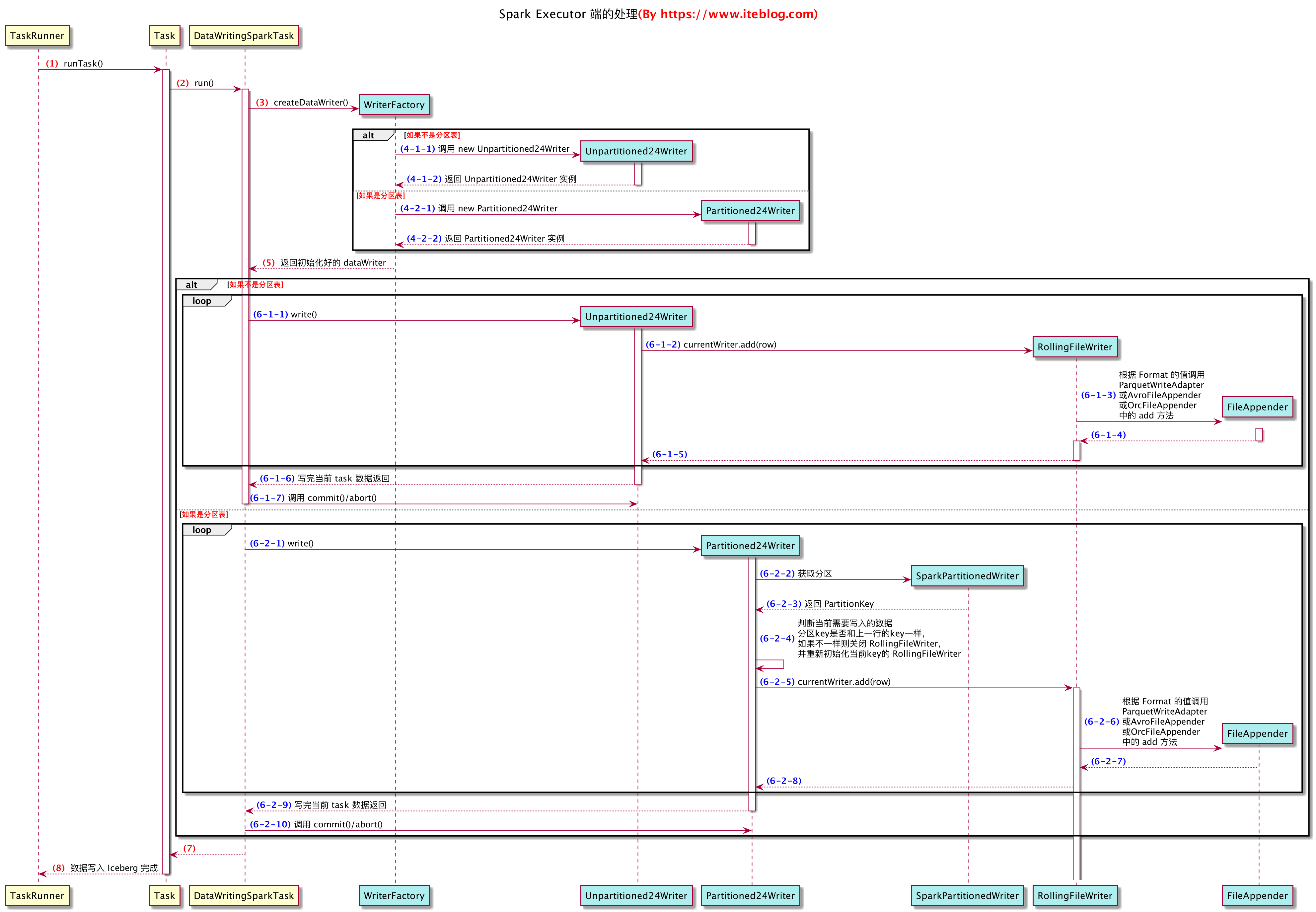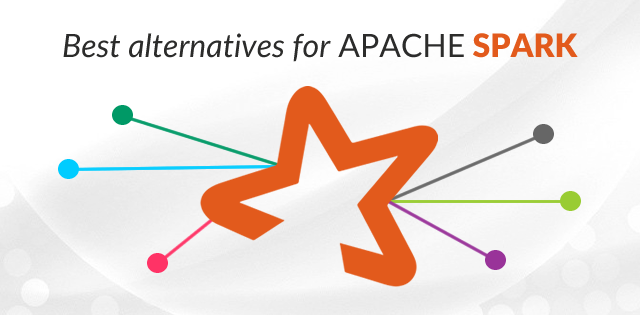

They have multiple organizations and sub organizations within their enterprise that want to run Data Warehouse, Data Engineering, Machine Learning, ad hoc data exploration, and analytic workloads on these large data sets without stepping on each other’s toes.They want their data to be encrypted and want to implement uniform data access models across all organizations to reduce management overhead.They want to use their storage efficiently by avoiding replication of data as much as possible and still be highly available and tolerant to hardware failures.

They are experiencing or expecting their data volumes to grow to multiple petabytes of data, thousands of tables, billions of objects with individual data set sizes ranging from hundreds of terabytes to petabytes with room for data growth every year.Alice, their Chief Data Officer, is currently facing the following challenges as typical of any company with a large data footprint: Let us follow the data journey of a Global Financial Technologies Company. It integrates with YARN, Hive, Impala, and Spark engines out of the box and is a popular choice for storage on-prem at large enterprises. Apache Ozone supports both Object store and File System semantics and is compatible with both Cloud APIs and Hadoop FileSystem Interfaces. Apache Ozone is a fully replicated system that uses Apache Ratis, which is an optimized RAFT implementation for consistency. Its main features include Hidden partitioning, In-place partition evolution, Time travel, Out-of-the box Data compaction, and Update, Delete, Merge operations in v2.Īpache Ozone is a highly scalable, highly available, and secure object store that can handle billions of files without sacrificing performance. It is quickly becoming the format of choice for large data sets of sizes anywhere from 100s of TB to PBs across the data industry.īy maintaining table metadata and state in manifest files and snapshots on the object store, Iceberg avoids expensive calls to a separate metastore like HMS to retrieve partition information which results in 10x faster query planning. Apache Iceberg is engine agnostic and also supports SQL commands, that is Hive, Spark, Impala, and so on can all be used to work with Iceberg tables. t("_ Iceberg is an Open table format developed by the open source community for high performance analytics on petabyte scale data sets. t("_", System.getenv("ALIBABA_CLOUD_ACCESS_KEY_SECRET")) t("_", System.getenv("ALIBABA_CLOUD_ACCESS_KEY_ID"))

t("_catalog.catalog-impl", ".dlf.DlfCatalog") t(".warehouse", "")ĮMR V3.38.X, EMR V5.3.X, and EMR V5.4.X t("", ".extensions.IcebergSparkSessionExtensions") t(".catalog-impl", ".")ĮMR V3.39.X and EMR V5.5.X t("", ".extensions.IcebergSparkSessionExtensions") In the following configurations, DLF is used to manage metadata.ĮMR V3.40 or a later minor version, and EMR V5.6.0 or later t("", ".extensions.IcebergSparkSessionExtensions") For more information, see Configuration of DLF metadata. The default name of the catalog and the parameters that you must configure vary based on the version of your cluster.
Apache iceberg spark how to#
The following commands show how to configure a catalog. Before you call a Spark API to perform operations on an Iceberg table, add the required configuration items to the related SparkConf object to configure a catalog.


 0 kommentar(er)
0 kommentar(er)
